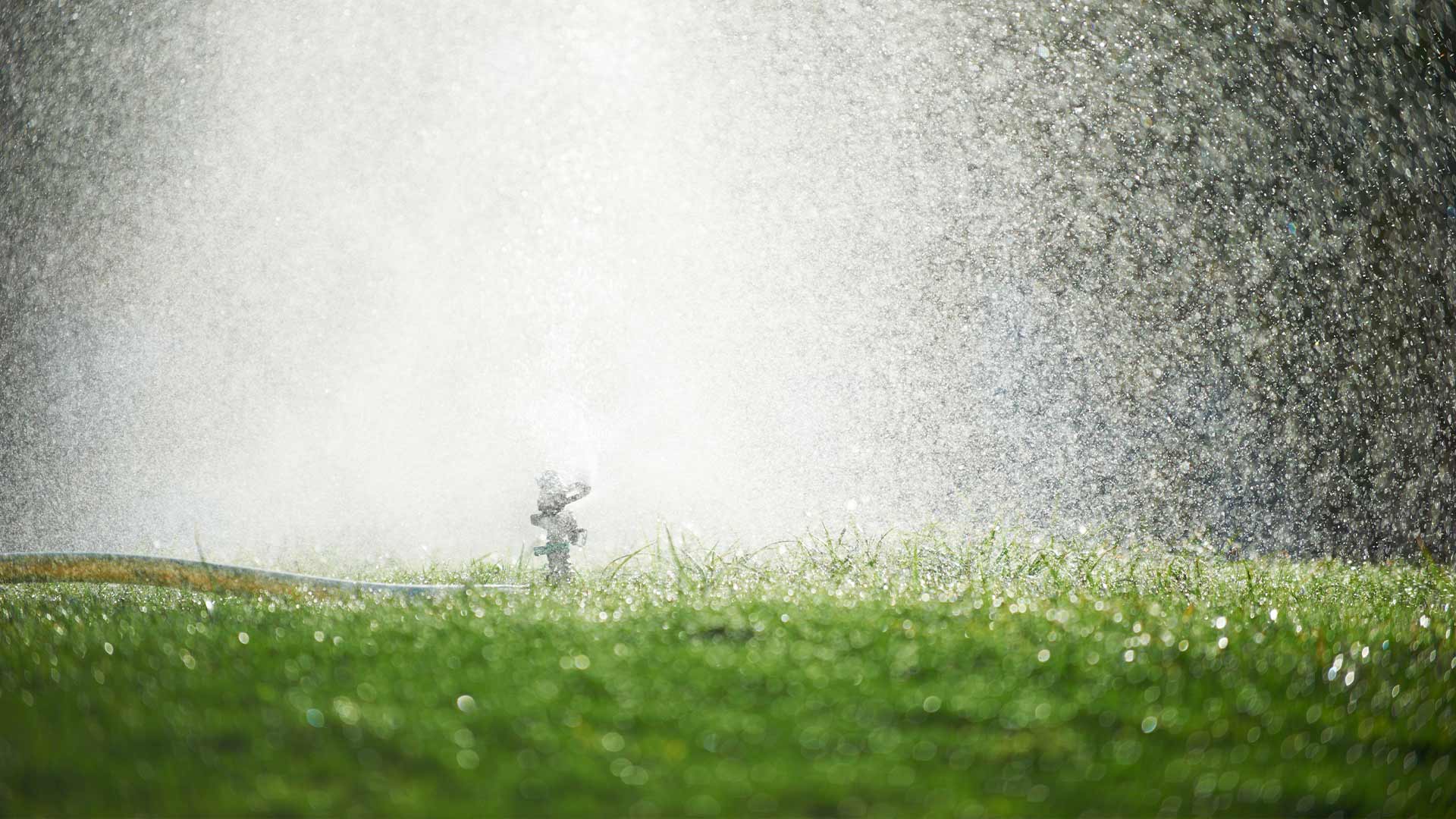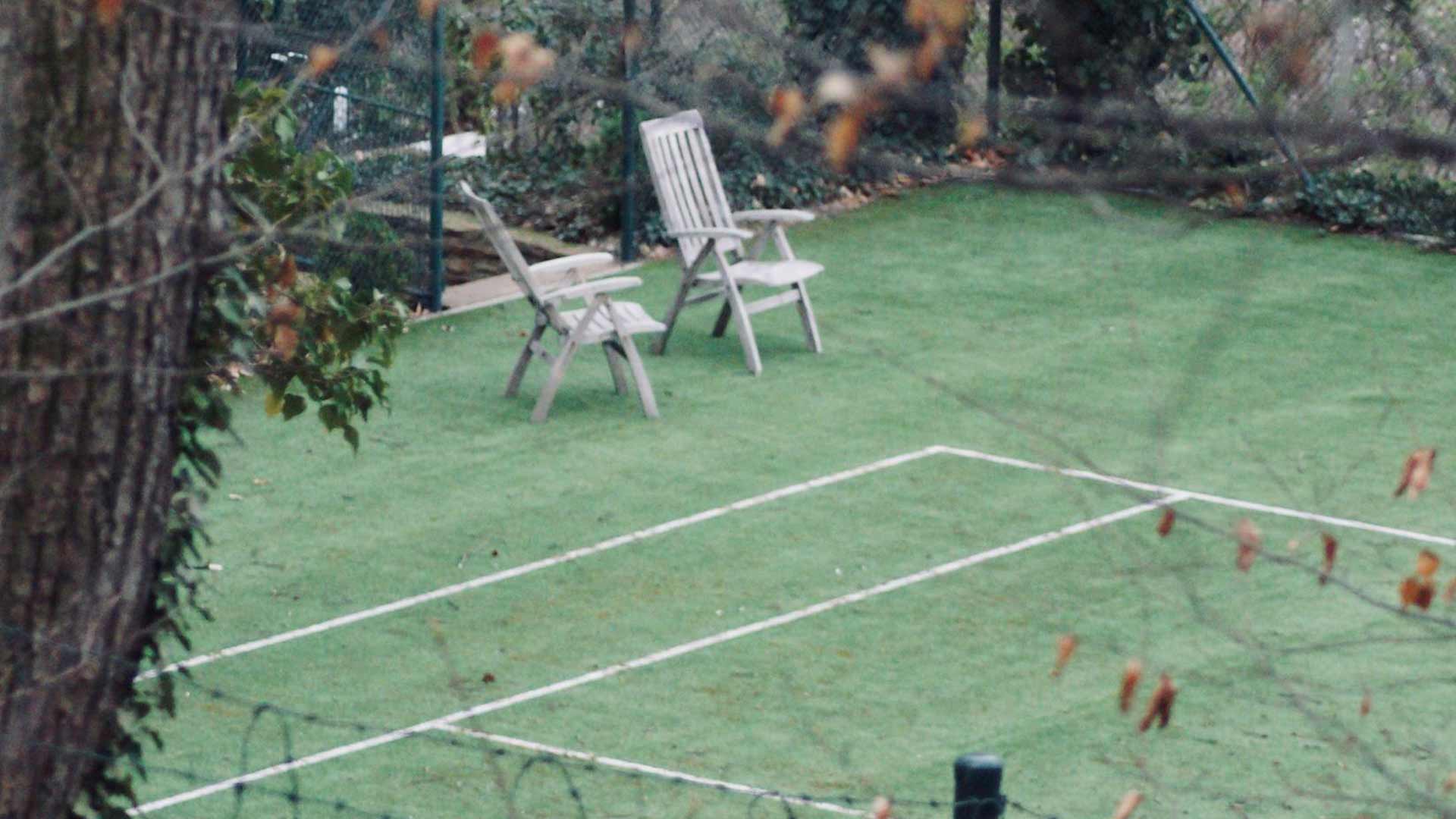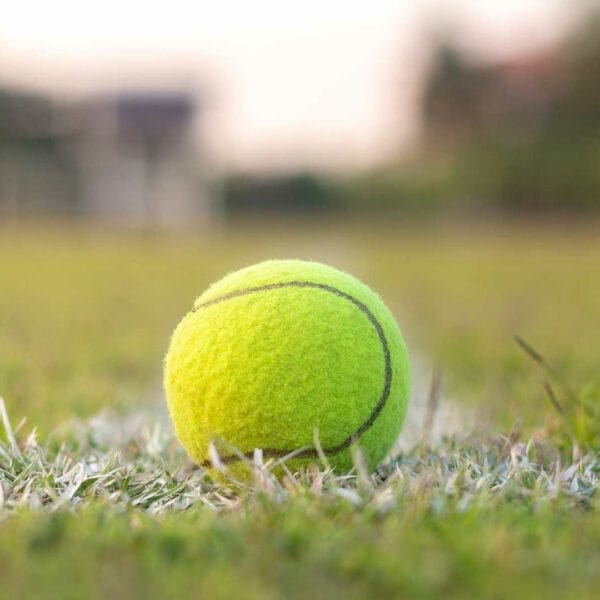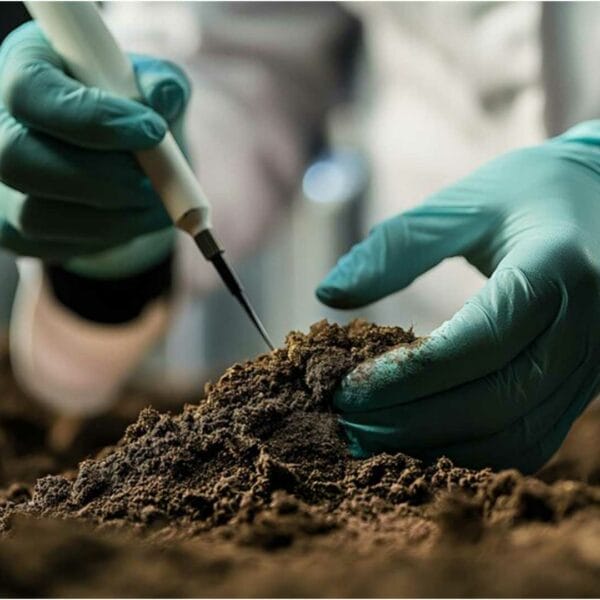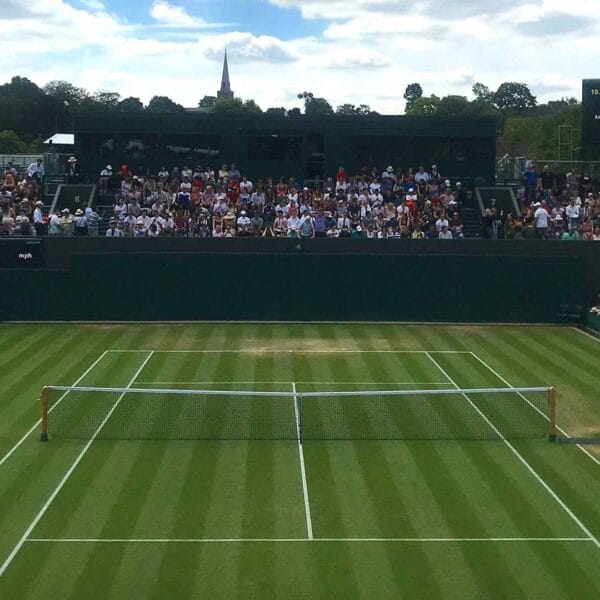Mastering Grass Tennis Court Irrigation Systems
I. Introduction to Optimizing Tennis Court Irrigation Systems
Optimizing tennis court irrigation systems is crucial for maintaining healthy grass surfaces that meet the demands of frequent play while minimizing water consumption and environmental impact. A well-designed and efficiently managed irrigation system can significantly improve the overall performance and longevity of your tennis court, ensuring a safe and enjoyable playing experience for players.
Tennis courts require precise watering schedules to prevent overwatering, which can lead to fungal diseases, root rot, and other issues that compromise the surface quality. Conversely, underwatering can cause stress to the grass, resulting in uneven growth patterns and reduced durability. By mastering grass tennis court irrigation systems, you can strike the perfect balance between hydration and conservation, ultimately enhancing the aesthetic appeal and functionality of your facility.
Effective irrigation management involves understanding the unique characteristics of your tennis court, including soil type, climate, and usage patterns. This knowledge enables you to tailor your irrigation strategy to address specific needs, optimize water distribution, and reduce waste. In this comprehensive guide, we will delve into the essential components of optimizing tennis court irrigation systems, providing valuable insights and practical advice to help you revolutionize your court’s health and performance.
Understanding the Importance of Proper Water Management in Tennis Courts
Proper water management plays a vital role in maintaining the health and integrity of tennis courts. Adequate hydration is essential for promoting healthy grass growth, preventing disease, and ensuring optimal playing conditions. However, excessive water use can have detrimental effects on the environment, increase maintenance costs, and compromise player safety.
The importance of proper water management in tennis courts cannot be overstated. Overwatering can lead to a range of problems, including:
– Fungal diseases: Excessive moisture creates an ideal environment for fungi to thrive, causing diseases such as powdery mildew and rust.
– Root rot: Prolonged exposure to waterlogged conditions can cause roots to decay, leading to uneven growth patterns and reduced durability.
– Soil erosion: Intensive watering can cause soil particles to wash away, compromising the structural integrity of the court.
– Increased maintenance costs: Frequent repairs and replacements due to water-related damage can be costly and time-consuming.
Conversely, underwatering can also have negative consequences, including:
– Stress to the grass: Insufficient hydration can cause grass to become stressed, leading to uneven growth patterns and reduced durability.
– Reduced playing surface quality: Underwatered courts may exhibit signs of wear and tear, such as divots, bare spots, and uneven surfaces.
To mitigate these risks, it is essential to implement effective water management strategies, including:
– Regular soil testing to determine optimal watering schedules
– Installing rain sensors and evapotranspiration (ET) controllers to adjust watering based on weather conditions
– Using drought-tolerant grass species and implementing efficient irrigation systems
– Conducting regular inspections to identify areas of water inefficiency and make necessary adjustments
By prioritizing proper water management, tennis court owners and managers can ensure a safe, enjoyable, and sustainable playing experience for athletes while minimizing their environmental footprint.
Assessing Current Irrigation System Efficiency and Potential Upgrades
Evaluating the efficiency of your existing irrigation system is crucial to identifying areas for improvement and determining the best course of action for upgrading or modifying your current setup. A thorough assessment will help you understand how well your system is performing, where potential issues lie, and what upgrades are necessary to optimize performance.
To assess your current irrigation system’s efficiency, consider the following factors:
Water usage patterns: Analyze your water consumption data to identify trends, peak usage periods, and areas where water is being wasted.
Irrigation schedule optimization: Review your current irrigation schedule to ensure it aligns with the specific needs of your tennis court, taking into account factors such as soil type, climate, and grass species.
System component condition: Inspect your irrigation system’s components, including pipes, sprinklers, and pumps, to identify signs of wear, corrosion, or damage that could impact performance.
-Pressure and flow rate: Measure the pressure and flow rate of your irrigation system to determine if they meet the recommended standards for optimal performance.
-Sensor accuracy: Verify the accuracy of your rain sensors and ET controllers to ensure they are providing reliable data for adjusting your irrigation schedule.
Potential upgrades to consider during this assessment phase include:
Upgrading to smart irrigation controllers: These advanced systems use real-time weather data, soil moisture sensors, and other inputs to optimize watering schedules and reduce waste.
Installing drip irrigation systems: Drip irrigation delivers water directly to the roots of the grass, reducing evaporation and runoff while improving water retention.
Replacing old or inefficient sprinkler heads: Newer sprinkler designs and materials can improve coverage, reduce overspray, and minimize water loss.
Implementing precision agriculture technologies: Techniques like satellite imaging and drone monitoring can help you better understand your court’s soil conditions, detect early signs of stress, and make data-driven decisions about irrigation and fertilization.
By conducting a comprehensive assessment of your current irrigation system and exploring potential upgrades, you’ll be well-equipped to design and implement a more efficient, effective, and sustainable irrigation system that supports the health and performance of your tennis court.
Choosing the Right Irrigation System for Your Tennis Court
Selecting the ideal irrigation system for your tennis court involves considering several key factors, including the size and layout of your court, local climate and weather patterns, soil type, and budget constraints. With so many options available, it’s essential to choose a system that meets your unique needs and provides optimal performance.
Key Considerations for Selecting an Irrigation System
Court Size and Layout: Larger courts may require more complex irrigation systems, while smaller courts can often be served by simpler systems. Consider the number of zones, sprinkler heads, and piping required to cover your entire court.
Climate and Weather Patterns: Courts located in areas with high temperatures, low rainfall, or intense sunlight may benefit from more advanced irrigation systems that incorporate features like rain sensors, ET controllers, and smart scheduling algorithms.
Soil Type: Different soils have varying water-holding capacities, which affect irrigation requirements. For example, sandy soils may require more frequent watering, while clay soils may need less.
Budget Constraints: Determine your budget for the initial installation, ongoing maintenance, and potential repairs. This will help you narrow down options and prioritize features.
Popular Irrigation System Options for Tennis Courts
Centralized Systems: These systems feature a central controller that distributes water to various zones throughout the court via a network of pipes and sprinkler heads.
Decentralized Systems: Decentralized systems involve individual sprinkler stations that operate independently, often used for smaller courts or those with unique layouts.
Drip Irrigation Systems: Drip irrigation delivers water directly to the roots of the grass, reducing evaporation and runoff while improving water retention.
Rain Bird Systems: Rain Bird systems offer a range of products designed specifically for tennis courts, including centralized and decentralized systems, as well as smart controllers and sensors.
Evaluating Irrigation System Components
When selecting an irrigation system, pay close attention to the quality and durability of its components, including:
Pumps and Motors: Look for energy-efficient pumps and motors that can handle the demands of your court.
Sprinkler Heads and Nozzles: Choose sprinkler heads and nozzles that provide even coverage, minimize overspray, and reduce water loss.
Controllers and Sensors: Ensure that your irrigation controller and sensors are accurate, reliable, and easy to program.
By carefully evaluating these factors and considering your unique needs, you can select the right irrigation system for your tennis court, ensuring optimal performance, reduced water waste, and a healthier playing surface.
Designing an Effective Water Distribution Network
A well-designed water distribution network is crucial for delivering water efficiently and effectively to every area of your tennis court. A properly planned network ensures that each zone receives the right amount of water at the right time, minimizing waste and promoting healthy turf growth.
Key Elements of a Well-Designed Water Distribution Network:
1. Zone Configuration: Divide your court into distinct zones based on factors like sun exposure, soil type, and drainage patterns. Each zone should receive tailored watering schedules to meet its specific needs.
2. Pipe Sizing and Material: Choose pipes that match your court’s water pressure and flow rate requirements. Consider using durable materials like PVC or HDPE to withstand harsh outdoor conditions.
3. Valves and Fittings: Install valves and fittings strategically to control water flow, prevent leaks, and facilitate maintenance. Consider using automated valves for precise control and reduced labor costs.
4. Sprinkler Head Placement: Position sprinkler heads to ensure even coverage, minimize overspray, and reduce water loss. Consider using impact-resistant sprinklers for added durability.
5. Drainage and Erosion Control: Design your network to account for proper drainage and erosion prevention. This includes installing catch basins, French drains, and geotextiles to protect your court’s foundation and prevent costly repairs.
Best Practices for Designing a Water Distribution Network:
* Conduct thorough site assessments to identify unique challenges and opportunities.
* Collaborate with experienced professionals, such as irrigation designers or contractors, to ensure a well-planned network.
* Utilize computer-aided design (CAD) software to visualize and optimize your network before construction begins.
* Regularly inspect and maintain your network to detect issues early and prevent costly repairs.
By investing time and effort into designing an effective water distribution network, you’ll enjoy numerous benefits, including:
* Improved turf health and appearance
* Reduced water consumption and waste
* Increased player safety due to improved drainage and surface maintenance
* Enhanced overall court performance and longevity
By following these guidelines and best practices, you’ll be well on your way to creating a world-class water distribution network that supports your tennis court’s optimal performance and health.
Implementing Smart Technologies for Efficient Water Use
In today’s digital age, incorporating smart technologies into your tennis court irrigation system can significantly enhance efficiency, reduce water waste, and promote sustainable practices. By leveraging cutting-edge innovations, you can create a more intelligent and responsive irrigation system that adapts to changing weather conditions, soil moisture levels, and other environmental factors.
Types of Smart Technologies for Tennis Court Irrigation:
1. Weather Stations and Sensors: Install weather stations and sensors to monitor temperature, humidity, wind speed, and precipitation levels. This data helps adjust watering schedules accordingly, ensuring that your court receives the right amount of water at the right time.
2. Soil Moisture Sensors: Embed soil moisture sensors throughout your court to measure the current moisture levels. This information enables you to adjust watering schedules, preventing overwatering and reducing water waste.
3. Automated Valves and Controllers: Integrate automated valves and controllers that respond to real-time data from weather stations, soil moisture sensors, and other sources. These systems can adjust water flow rates, turn off unnecessary zones, and optimize watering schedules for maximum efficiency.
4. Cloud-Based Software and Mobile Apps: Utilize cloud-based software and mobile apps to remotely monitor and control your irrigation system. Receive alerts when issues arise, track water usage, and make adjustments to optimize performance.
5. Drones and Satellite Imaging: Leverage drones and satellite imaging to assess your court’s condition, identify areas of concern, and optimize irrigation patterns. This technology provides valuable insights into soil moisture levels, crop stress, and other critical factors.
Benefits of Implementing Smart Technologies:
Reduced water consumption and waste
Improved turf health and appearance
Enhanced player safety due to optimized drainage and surface maintenance
Increased energy efficiency and cost savings
Real-time monitoring and control capabilities
Data-driven decision-making for informed irrigation strategies
When selecting smart technologies for your tennis court irrigation system, consider factors such as compatibility, scalability, and user-friendliness. Collaborate with experienced professionals to ensure seamless integration and optimal performance. By embracing innovative solutions, you can revolutionize your court’s health and take your irrigation system to the next level.
Maintaining and Repairing Your Tennis Court Irrigation System
A well-maintained tennis court irrigation system is crucial for optimal performance, efficient water use, and extended equipment lifespan. Regular maintenance and prompt repairs help prevent costly downtime, minimize water waste, and ensure a healthy playing surface. In this section, we will discuss essential tasks and best practices for maintaining and repairing your tennis court irrigation system.
Regular Maintenance Tasks:
1. Schedule routine inspections: Conduct regular checks on your irrigation system to identify potential issues before they become major problems. Inspect pipes, fittings, and valves for signs of wear, corrosion, or damage.
2. Clean and replace filters: Dirty filters can reduce water pressure and affect system performance. Clean or replace filters according to manufacturer recommendations to maintain optimal water flow.
3. Check and adjust valve settings: Verify that valve settings are correct and adjust them if necessary to ensure proper water distribution and prevent overwatering.
4. Monitor and address leaks: Detect and repair leaks promptly to prevent water waste and minimize damage to surrounding surfaces.
5. Update software and firmware: Keep your irrigation system’s software and firmware up-to-date to ensure compatibility with new features and technologies.
Repairing Common Issues:
1. Clogged nozzles and sprinklers: Clear clogs by soaking nozzles and sprinklers in a mixture of vinegar and water or replacing them if damaged.
2. Faulty solenoids and valves: Replace faulty solenoids and valves with compatible replacements to restore system functionality.
3. Damaged pipes and fittings: Repair or replace damaged pipes and fittings to prevent further water loss and system failure.
4. Electrical issues: Consult a licensed electrician to diagnose and repair electrical problems affecting your irrigation system.
Best Practices for Maintenance and Repair:
1. Develop a comprehensive maintenance schedule: Create a calendar or checklist to stay organized and ensure regular maintenance tasks are completed.
2. Keep records of maintenance and repairs: Document all maintenance activities and repairs to track system history and identify potential trends.
3. Collaborate with experts: Work with experienced professionals to troubleshoot complex issues and ensure proper repairs.
4. Invest in quality replacement parts: Choose durable, high-quality replacement parts to extend equipment lifespan and minimize future repairs.
By following these guidelines and staying proactive with maintenance and repairs, you can keep your tennis court irrigation system running efficiently, effectively, and safely. Remember to always consult your system’s manual and manufacturer recommendations for specific guidance on maintenance and repair procedures.
Maximizing Player Safety through Proper Drainage and Surface Maintenance
Proper drainage and surface maintenance are critical components of a well-designed tennis court irrigation system. A well-drained court reduces the risk of slips, trips, and falls, while a properly maintained surface ensures a safe and enjoyable playing experience for players. In this section, we’ll explore the importance of drainage and surface maintenance, highlighting key considerations and best practices for maximizing player safety.
Drainage Considerations:
Effective drainage is essential for preventing water accumulation on the court surface, which can lead to slippery conditions and increased risk of injury. Key factors to consider when designing a drainage system include:
– Slope and grading: Ensure the court surface slopes away from the center to facilitate water runoff and prevent pooling.
– Drainage channels and catch basins: Install adequate drainage channels and catch basins to collect and redirect water away from the playing area.
– Permeable pavers and surfaces: Utilize permeable materials, such as porous asphalt or concrete, to allow water to seep into the ground rather than accumulating on the surface.
Surface Maintenance:
A well-maintained court surface is essential for providing a safe and even playing experience. Regular maintenance tasks include:
– Regular watering schedules: Adjust watering schedules based on weather conditions, soil type, and grass growth rates to prevent overwatering and underwatering.
– Fertilization and pest control: Apply fertilizers and pesticides as needed to promote healthy grass growth and prevent pests and diseases.
– Aeration and dethatching: Perform regular aeration and dethatching to improve air circulation, reduce soil compaction, and promote healthy root growth.
– Overseeding and resurfacing: Address areas of thinning or bare spots with overseeding, and perform periodic resurfacing to maintain a smooth, even playing surface.
Safety Features and Best Practices:
To maximize player safety, consider incorporating the following safety features and best practices into your court design and maintenance routine:
– Warning systems: Install warning systems, such as flashing lights or audible alarms, to alert players of potential hazards, such as wet or icy conditions.
– Emergency response plans: Develop and implement emergency response plans to address accidents or injuries on the court.
– Regular inspections: Conduct regular inspections to identify potential hazards and address them promptly.
– Player education: Educate players on court safety protocols, including rules for play during inclement weather and proper footwear selection.
By prioritizing proper drainage and surface maintenance, you can create a safe and enjoyable environment for players, reducing the risk of injury and promoting a positive experience for everyone involved.
Measuring Success: Monitoring and Evaluating Your Court’s Irrigation System
Monitoring and evaluating the performance of your tennis court irrigation system is crucial to ensuring optimal water use, maintaining a healthy playing surface, and minimizing waste. By tracking key metrics and implementing data-driven decision-making strategies, you can refine your irrigation system to meet the unique needs of your court.
Key Performance Indicators (KPIs):
1. Water usage: Monitor daily, weekly, and monthly water consumption to identify trends and optimize irrigation schedules.
2. Soil moisture levels: Measure soil moisture levels to determine if the irrigation system is delivering the right amount of water to the roots.
3. Grass health: Evaluate grass color, density, and overall health to ensure the irrigation system is supporting optimal growth.
4. System efficiency: Track energy consumption, pump runtime, and other system metrics to identify areas for improvement.
5. Player satisfaction: Collect feedback from players and staff to gauge the effectiveness of the irrigation system in maintaining a safe and playable surface.
Data Collection Methods:
1. Irrigation controllers: Utilize smart irrigation controllers that track water usage, soil moisture levels, and other system metrics.
2. Weather stations: Install weather stations to monitor precipitation, temperature, and humidity levels, allowing for more accurate irrigation scheduling.
3. Soil sensors: Deploy soil sensors to measure moisture levels and adjust irrigation schedules accordingly.
4. Regular inspections: Conduct regular visual inspections to assess grass health, detect potential issues, and make adjustments to the irrigation system.
Analyzing Data and Making Adjustments:
1. Identify trends: Analyze data to identify patterns and trends in water usage, soil moisture levels, and grass health.
2. Adjust irrigation schedules: Refine irrigation schedules based on data insights to optimize water delivery and minimize waste.
3. Optimize system settings: Adjust system settings, such as flow rates and pressure, to improve efficiency and reduce energy consumption.
4. Implement new technologies: Leverage emerging technologies, such as precision agriculture and IoT sensors, to further enhance irrigation system performance.
By monitoring and evaluating your tennis court irrigation system, you can make informed decisions to optimize water use, maintain a healthy playing surface, and reduce waste. This data-driven approach will help you revolutionize your court’s health and ensure a positive experience for players and staff alike.
Conclusion
In conclusion, mastering grass tennis court irrigation systems is crucial for optimal performance, player safety, and long-term sustainability. By understanding the importance of proper water management, assessing current system efficiency, choosing the right irrigation technology, designing effective water distribution networks, implementing smart technologies, maintaining and repairing your system, and maximizing drainage and surface maintenance, you can revolutionize your court’s health. With a well-designed and efficient irrigation system, you’ll be able to reduce water consumption, minimize maintenance costs, and create a safe and enjoyable playing environment for athletes. By embracing advanced irrigation systems, you’ll not only improve your court’s overall health but also contribute to a more sustainable future for tennis facilities worldwide.

